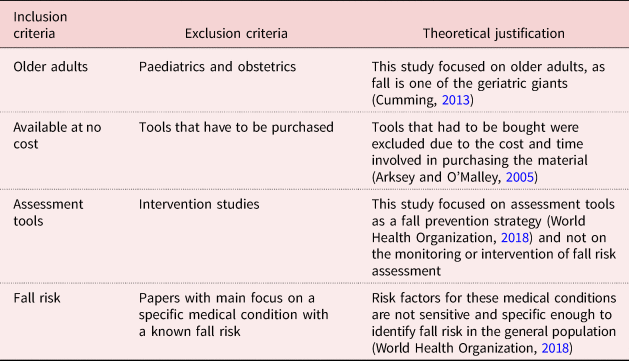Not known Details About Dementia Fall Risk
Not known Details About Dementia Fall Risk
Blog Article
9 Simple Techniques For Dementia Fall Risk
Table of ContentsNot known Details About Dementia Fall Risk The Best Strategy To Use For Dementia Fall RiskThe Dementia Fall Risk IdeasRumored Buzz on Dementia Fall Risk
A loss danger analysis checks to see exactly how most likely it is that you will drop. It is mostly provided for older adults. The assessment normally consists of: This consists of a collection of concerns about your total health and wellness and if you have actually had previous drops or troubles with balance, standing, and/or walking. These tools test your stamina, equilibrium, and gait (the means you stroll).STEADI consists of testing, examining, and treatment. Treatments are suggestions that might lower your risk of dropping. STEADI includes 3 actions: you for your risk of dropping for your danger factors that can be enhanced to attempt to stop drops (as an example, balance problems, impaired vision) to lower your risk of falling by utilizing efficient strategies (as an example, providing education and learning and resources), you may be asked several inquiries consisting of: Have you fallen in the past year? Do you really feel unstable when standing or walking? Are you fretted about dropping?, your provider will certainly check your strength, equilibrium, and gait, using the adhering to fall analysis devices: This examination checks your stride.
If it takes you 12 seconds or more, it may mean you are at higher threat for a fall. This examination checks strength and equilibrium.
Relocate one foot midway onward, so the instep is touching the big toe of your various other foot. Move one foot completely in front of the other, so the toes are touching the heel of your various other foot.
Not known Incorrect Statements About Dementia Fall Risk
Most falls take place as an outcome of numerous contributing variables; as a result, handling the danger of dropping begins with recognizing the elements that contribute to fall danger - Dementia Fall Risk. Some of the most relevant risk factors include: History of previous fallsChronic clinical conditionsAcute illnessImpaired stride and equilibrium, lower extremity weaknessCognitive impairmentChanges in visionCertain risky medicines and polypharmacyEnvironmental variables can also increase the danger for falls, including: Inadequate lightingUneven or harmed flooringWet or slippery floorsMissing or harmed hand rails and get hold of barsDamaged or improperly fitted tools, such as beds, mobility devices, or walkersImproper use assistive devicesInadequate guidance of individuals living in the NF, consisting of those that exhibit hostile behaviorsA successful autumn danger monitoring program needs an extensive clinical evaluation, with input from all participants of the interdisciplinary team

The treatment plan must likewise consist of treatments that are system-based, such as those that advertise a risk-free environment (ideal lights, hand rails, grab bars, and so on). The performance of the interventions must be assessed regularly, and the treatment plan modified as required to mirror modifications in the loss risk assessment. Executing a loss danger administration system using evidence-based ideal technique can reduce the occurrence of falls in the NF, while restricting the potential for fall-related injuries.
A Biased View of Dementia Fall Risk
The AGS/BGS standard recommends evaluating look at here all adults matured 65 years and older for fall risk yearly. This screening consists of asking people whether they have fallen 2 or more times in the past year or looked for clinical focus for a loss, or, if they have actually not dropped, whether they feel unstable when walking.
People who have dropped as soon as without injury should have their balance and gait assessed; those with gait or balance irregularities need to receive added evaluation. A history of 1 fall without injury and without stride or equilibrium issues does not call for additional evaluation beyond continued annual fall risk testing. Dementia Fall Risk. A fall danger analysis is needed as part of the Welcome to Medicare evaluation

What Does Dementia Fall Risk Mean?
Documenting a drops background is just one of the top quality signs for loss prevention and administration. A critical part of threat evaluation is a medication testimonial. Several courses of medicines raise fall threat (Table 2). Psychoactive medications specifically are independent forecasters of drops. These medications tend to be sedating, modify the sensorium, and harm balance and gait.
Postural hypotension can usually be minimized by reducing the dosage of blood pressurelowering medications and/or stopping medicines that have orthostatic hypotension as a negative effects. Usage of above-the-knee assistance hose pipe and sleeping with the head of the bed boosted might also reduce postural reductions in high blood pressure. The recommended elements of a fall-focused physical evaluation are revealed in Box 1.

A TUG time higher than or equivalent to 12 secs recommends high loss threat. Being unable to stand up from a chair of knee height without making use of one's arms indicates raised fall risk.
Report this page